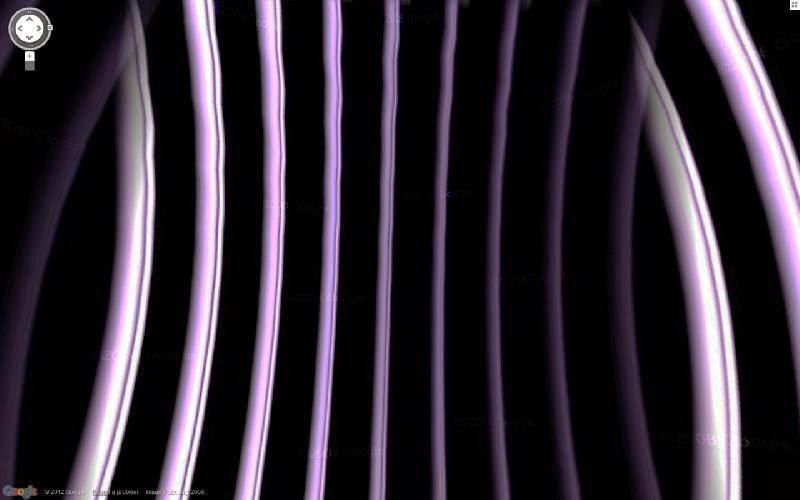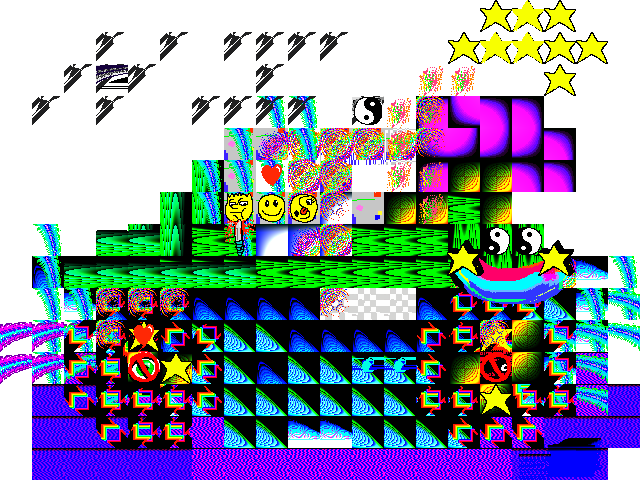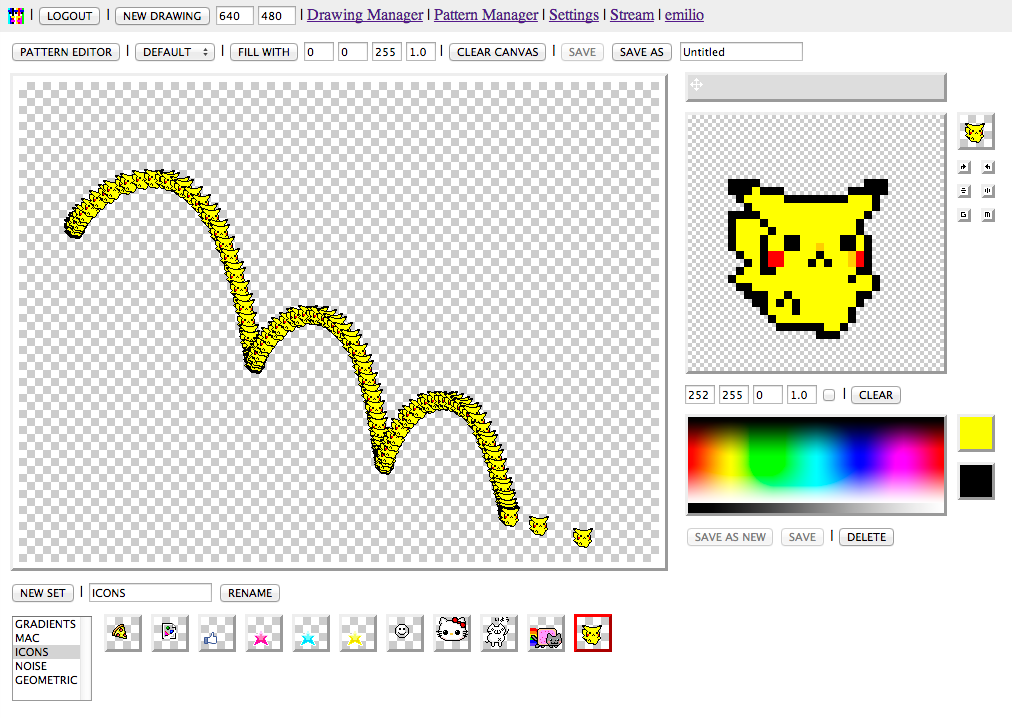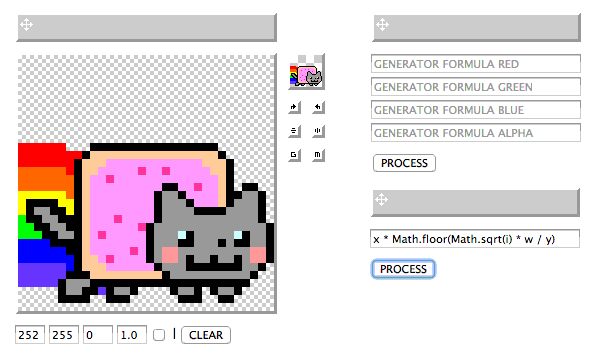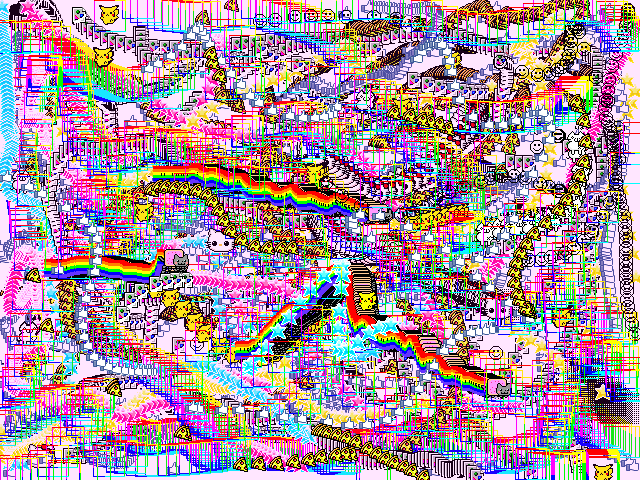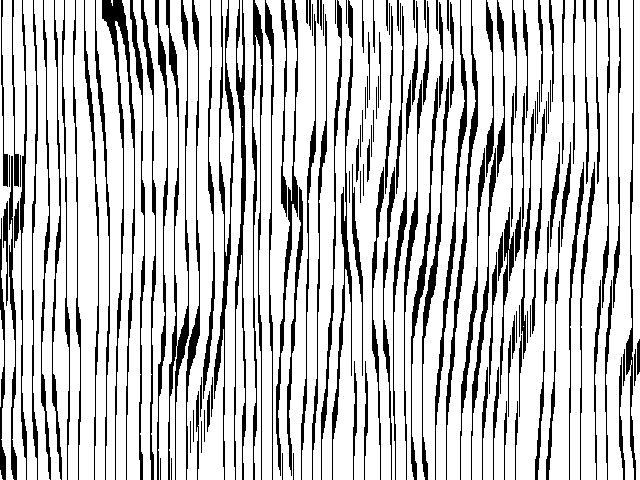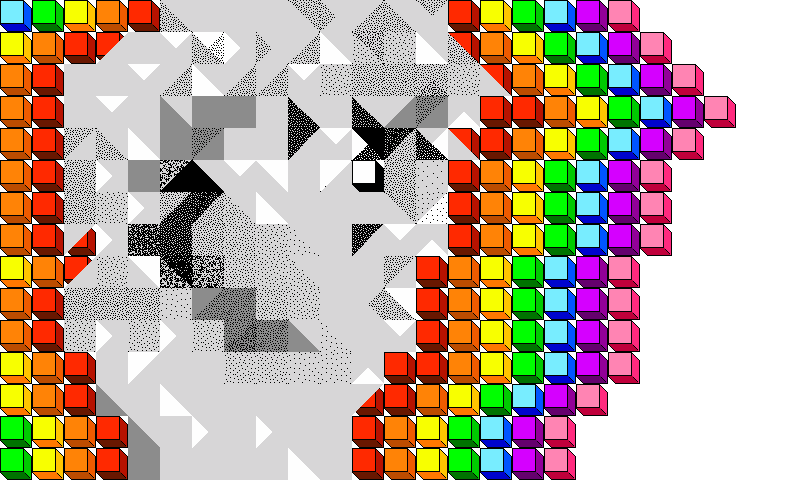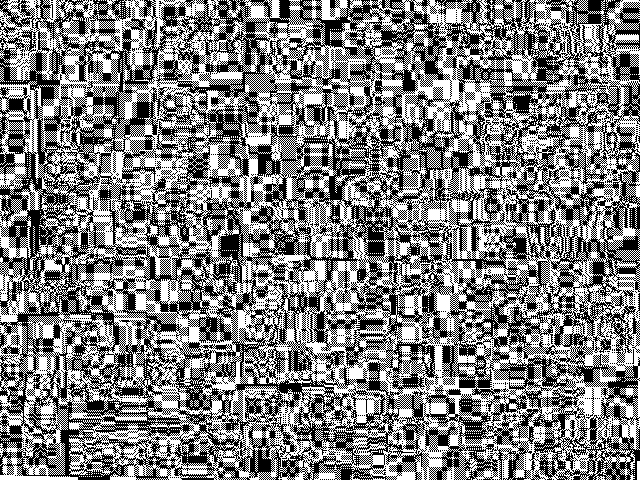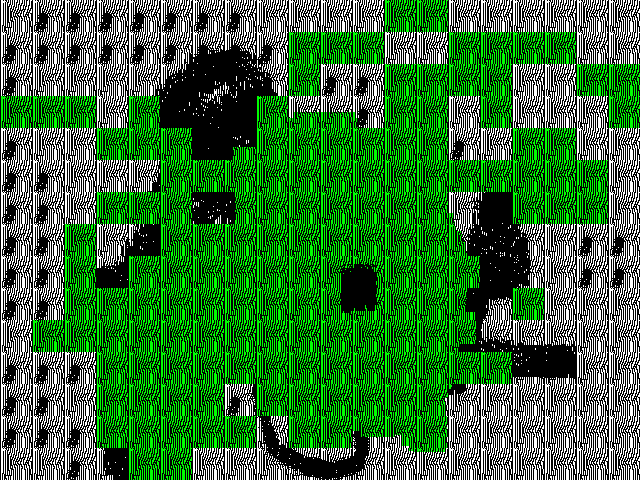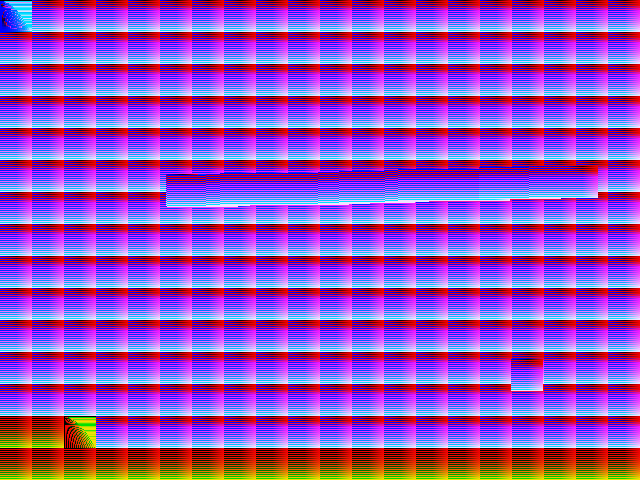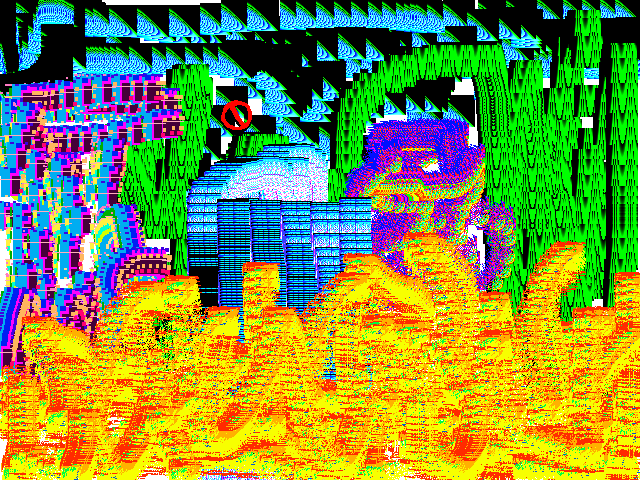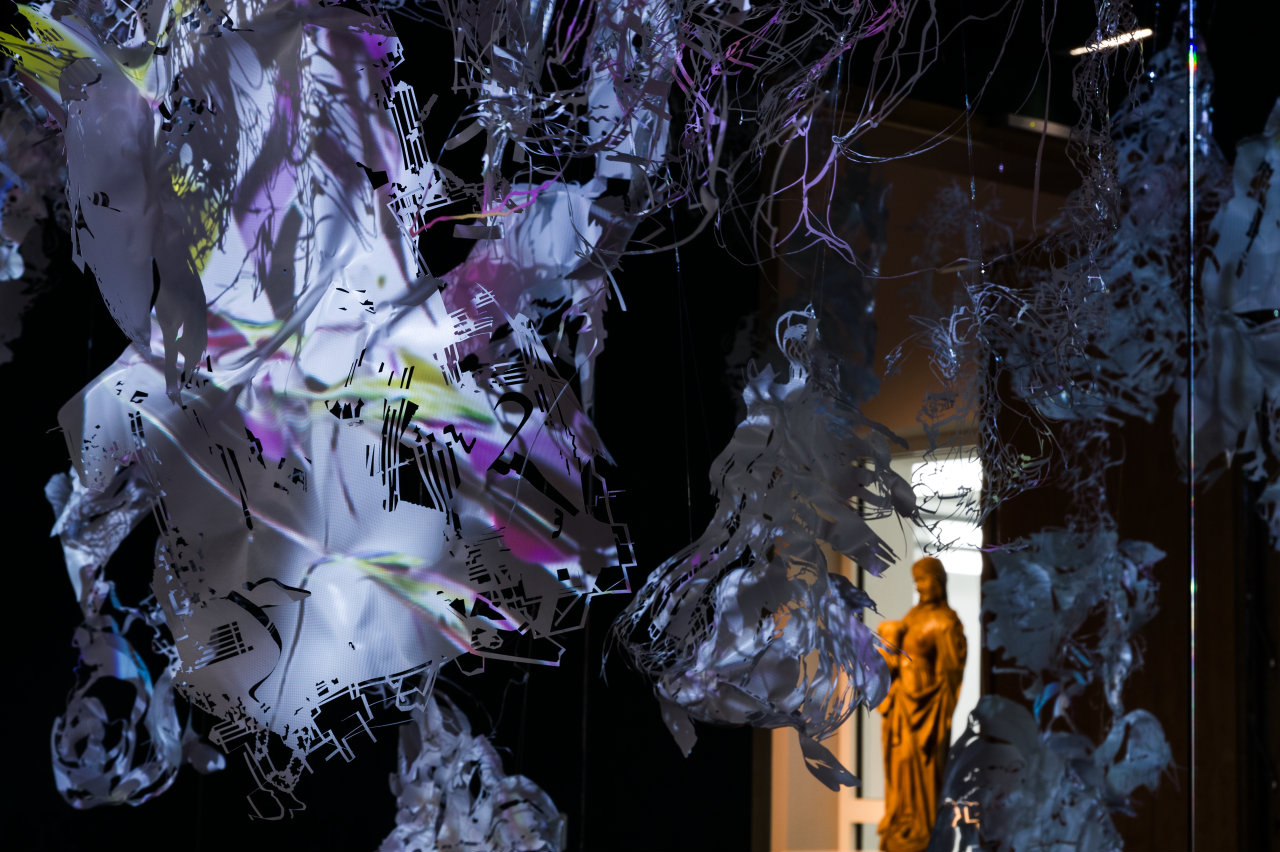![]()
Berlin-based artist & scenographer
Eno Henze works at the intersection of science, philosophy and art. In addition to his drawings and installations he also curates
NODE and designs stages for the Dutch National Ballet or the Royal Ballet of England.
Eno Henze will be part of
Alpha-ville EXCHANGE next January 17 in London to talk about his practice working on multiple platforms and using several mediums. The event has been designed by
Alpha-ville to offer the London art, tech and creative communities the opportunity to connect and exchange ideas. It will take place at Rich Mix Cinema and Arts Centre in London, have a look to the other interesting participating artists programme and tickets prices
here.
Into the post there are some selected projects created by Eno in the last five years, don't miss to check all the other recent works and installations on his large and excellent
portfolio. See more;
“When did you first feel the urge …”, 2007
“When did you first feel the urge …” is a reconstruction of an experiment conducted by the neuro scientist Benjamin Libet in 1968. A test person could choose to press a button at any moment – but he should remember the position of a circulating dot on a screen in front of him. Libet showed, that a ‘readiness potential’ in the brain preceeds every volatile decision , and hence questioned the concept of free will that had been fundamental to philosphy and religion for centuries (His argument was essential to the discussion of the philosphical implications of neuro science in the past decades). The ‘reenactment’ of this experiment recalls this controversial thesis and transforms it into a minimalistic videosculpture." -
Eno Henze![]()
![]()
Metaphysical Bordertraffic II, 2007
![]()
![]()
![]()
Tscherenkows Traum, 2009
![]()
![]()
![]()
![]()
RandomCondition(Arabidopsis), 2012
"RandomCondition(Arabidopsis) uses genetic code expressed in Red, Green, Blue and Yellow as breeding ground. I developed a series of ’4D – totalisitc cellular automata’, that also encode into the 4 states / colors / bases of the genetic code and grow as an artifical genetic code, initialized by the natural code." -
Eno Henze![]()
![]()
![]()
![]()
HECATOMB, 2011
"The installation draws upon a long history of psychedelic experiments and optical illusions, especially Marcel Duchamps rotoreliefs and 60ies-70ies light shows and Op-Art. It revisits these attempts to manipulate and distort human perception with today’s technological means.
The space is defined by a number of circular screens that show an evolving, rotating ‘kinetic light’ animation solely based on circular shapes and segments. Together with the loop- and noise-based music of Audion (Matthew Dear) this creates an hypnotic, timeless space.
The history of computerization and the history of psychedelic experiments intersect in the emergence of Cybernetics. It is the very same time, and largely even the very same people, that research in computer laboratories, experiment with LSD, advance in neuro science and psychology, theorize about information processing systems and create the internet. The installation ‘Hecatomb’ draws upon this context of confusion of human mind and machine logic and reflects it’s actuality.
Cybernetic theory is founded on the concept of a circular causality, that only knows an evolution of the moment (of the status quo), and is thus deliberated from projections into the future or the past. The installation is a literal aesthetic realization of this concept: it is a self-referential system that lives only in the present and never repeats itself. The visitor submerges into the timeless concrete condition of snythetic music and video." -
Eno Henze ![]()
![]()
![]()
Alpha-ville EXCHANGE 1 features a Day Programme packed with presentations, talks and social events alongside a music programme in the evening for attendees to network and enjoy. Work will be presented across: motion graphics, graphic design, illustration, interaction design, generative design, digital and software art, mixed media art, data visualisation and more. Tickets available
here.
![]()


